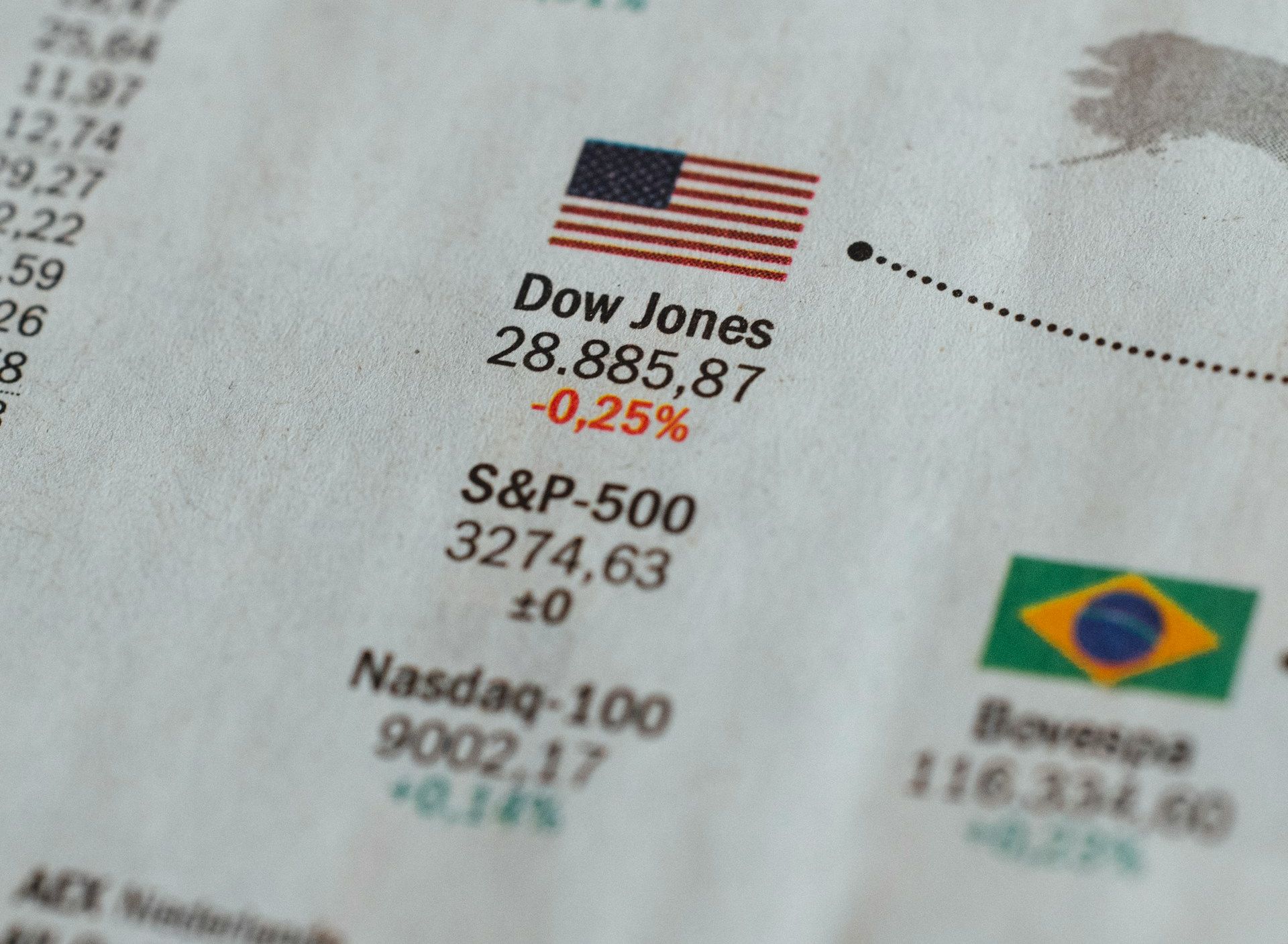The ratings call is not simply a nod to orthodox fiscal consolidation. By choosing to affirm the United States at ‘AA+’ with a stable outlook, S&P is effectively treating tariff receipts as a meaningful counterweight to a fresh round of tax relief and spending, including the law the White House has branded the “One Big Beautiful Bill Act.” In its readout, the agency argues that higher effective tariff rates will “generally offset” weaker fiscal outcomes tied to the legislation; it also projects general-government deficits averaging 6% of GDP in 2025–2028, lower than 2024’s 7.5% and below the 2020–2023 average of 9.8%. The outlook remains stable.
The policy mechanics behind this view hinge on the administration’s 10% baseline tariff on all imports, with layered surcharges for selected products and counterparties. This structure broadens the revenue base, turning trade taxes into a quasi-automatic stabilizer at the border—pro-cyclical in volumes but immediate in cash-flow terms. The April proclamations and subsequent legal guidance set the timetable and scope for the baseline levy and “reciprocal” rates, clarifying the administrative path for collection.
Cash data back the premise—at least for now. Treasury’s Monthly Treasury Statement shows customs duties of roughly $27.7 billion in July alone, a striking uplift that aligns with S&P’s point even as the federal deficit widened nearly 20% that month to $291 billion. Tariff cash helps, but it does not erase the gap. The agency’s calculus is not about fiscal balance; it is about offsetting enough of the deterioration to leave the sovereign risk profile broadly unchanged.
Policy context matters. Since January, Washington has shifted from campaign rhetoric to an active tariff regime, with legal scaffolding designed to make a baseline levy durable across trading partners. That creates a new interaction between trade policy and revenue management. S&P’s framing implicitly accepts that interaction, while noting that the Federal Reserve still must “navigate” the disinflation path and financial-stability risks amid the re-tariffication of trade. In other words, monetary policy absorbs the macro friction while tariffs supply the near-term fiscal patch.
Historical comparison is instructive. The U.S. has sat at ‘AA+’ with S&P since the 2011 downgrade, weathering multiple fiscal showdowns and, more recently, an additional cut by Fitch in 2023. Moody’s, long the holdout at Aaa, shifted in May by lowering the sovereign to Aa1, citing debt dynamics. S&P’s decision does not negate that concern; it simply argues the latest fiscal loosening is partially sterilized by border-tax intake—and therefore not ratings-decisive at this juncture. For sovereign allocators, the divergence in agencies is real but not dramatic; both assessments still anchor the U.S. at the top of the investable grade with deep liquidity premia.
Market and institutional positioning are likely to be pragmatic rather than dramatic. A stable outlook, paired with sizable, recurring tariff cashflows, reduces immediate downgrade risk and should keep core real-money demand for Treasuries intact—especially from reserve managers who price depth and convertibility above marginal changes in fiscal arithmetic. That said, the tariff-as-revenue model carries second-round effects that S&P’s static snapshot cannot fully capture: retaliation risk, supply-chain repricing, and potential demand leakage that could erode the very import base that generates duties. Those dynamics play out with lags, and they land unevenly across sectors and regions.
For Asia and GCC sovereign funds, the signal is twofold. First, the U.S. remains the default duration and liquidity hedge, which argues for minimal re-weighting in core USD fixed-income sleeves. Second, the trade-tax overlay introduces fresh dispersion across corporate credits with import-heavy cost structures and export-exposed revenue lines; that favors relative-value rotation rather than wholesale de-risking. In private markets, boardrooms will price the tariff baseline into capex timing and U.S. localization decisions, but the ratings status quo removes one immediate macro overhang from the investment committee agenda.
Stated plainly, S&P affirms US ‘AA+’ rating because the near-term cash math works—even as the broader fiscal narrative remains challenging. The July customs-duty print is eye-catching; the monthly deficit is, too. The agency’s projection of narrower average deficits over 2025–2028 is a policy-confidence call as much as a spreadsheet line. It assumes that tariff receipts scale adequately and that monetary policy can neutralize inflation and volatility without choking growth. That is possible; it is not costless.
What this signals: the rating posture may appear steady—but the reliance on trade taxes to cushion domestic fiscal looseness is a bet on durable import flows and manageable retaliation. That is a credible buffer in cash terms; it is not a long-term fiscal strategy. For now, the world’s benchmark safe asset keeps its status. Sovereign allocators already understand the trade-off.








.jpeg&w=3840&q=75)





